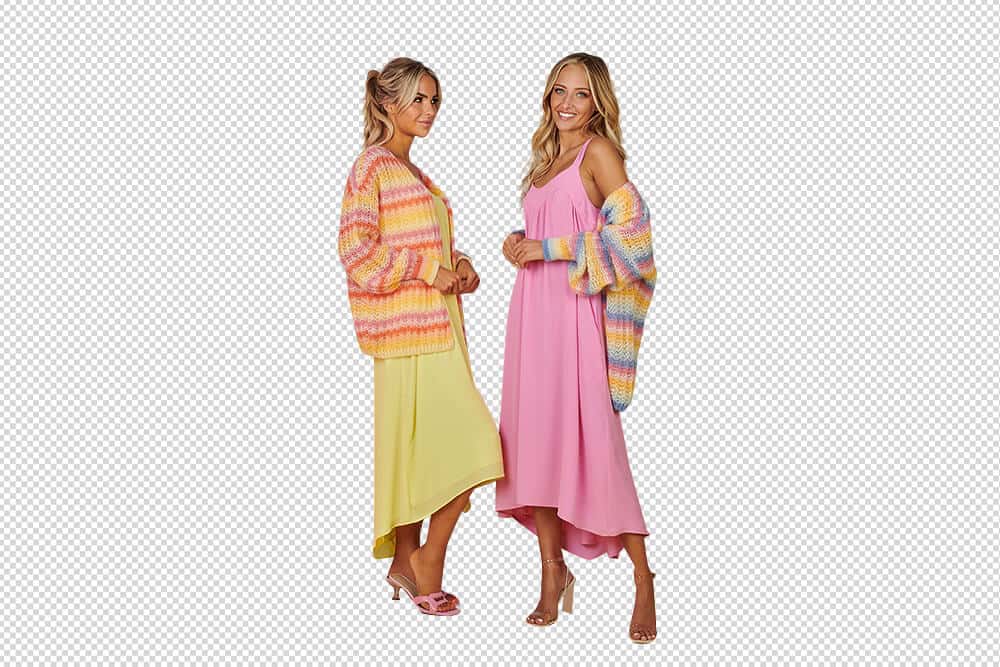Masking is one of the best ways to get creative with your images. By isolating parts of an image and hiding them from view, you can create some amazing effects. The only challenge is getting the masking right. After all, there’s a lot that goes into creating a good image masking tutorial. You need to think about which parts of your photograph should be isolated, how they should be isolated and what effects you want to achieve overall. This guide will walk you through everything you need to know about how to get the perfect image masking in any situation. From understanding the different types of masking to examples and techniques you can use.

Types of Image Masking
There are three main types of image masking.
Partial Image Masking – The most simple type of image masking. This technique is used to hide an entire object in the photo, like a person or house.
- The most simple type of image masking. This technique is used to hide an entire object in the photo, like a person or house. Object Masking – This technique is used when you want to show more than just one part of an object without showing all of it. If your photo has a building in it and you want to highlight the contrast between its two parts, this would be a good option for you.
- This technique is used when you want to show more than just one part of an object without showing all of it. If your photo has a building in it and you want to highlight the contrast between its two parts, this would be a good option for you. Edge Masking – This is when you’re trying to make something look different from what it actually looks like by hiding specific parts that people might not notice at first glance. For example, if someone took a picture on vacation with their friends standing next to them and they wanted their faces removed from the photo because they didn’t look good enough, this would be the perfect masking option for them. How to Get the Perfect Image Masks- Understand the different types of masking:
There are many ways to manipulate images, but there are three main ways to create a mask. The first way is by using clipping paths. This is best used for simple shapes and lines that you want to isolate and hide from view. The second method is by using masks and selections. These techniques can be used for more complicated shapes or areas but will require a bit more time and skill than the first method does. The third technique is by using opacity maps, which use colors rather than shapes to create the mask. This method requires a little less skill than the second method does, but it’s possible for small mistakes to creep in when creating it so take your time. - Masking Techniques:
Once you understand how these methods work, you need to figure out how exactly you want your image masked. What do you want the masked area to look like? Do you want it to look natural or geometric? Does it have any particular shape or style? Once you know what kind of effect you’re looking for, then work through what steps would give this effect. If you’re not sure where to start, then follow one of these five techniques: - Fill in the Mask:
This technique works best with simple shapes and lines that don’t have complicated curves or angles. It can also be helpful when dealing with small details that are difficult to see without masking them out like hair or hands on an object. Use a Diffuser to Create Soft Lighting One of the most important aspects of any image is lighting. Creating soft, diffused light is key to getting great-looking images. One way to achieve this is with a diffuser. Diffusers are available in many shapes and sizes, but they all have one thing in common: they diffuse light by breaking it up into a series of smaller beams that are easier for your camera to capture. To create your own diffuser, you can use an old film canister or an empty water bottle cut lengthwise and open up at the top. But don’t worry about making something too complicated; even a simple square will work well as long as you get the exposure right. To do so, put a small piece of white paper over the opening and place it on a light table. Then take three exposures each with varying degrees of exposure time (1 second, 2 seconds, and 3 seconds), and choose the one that looks best with your subject matter in focus. Creating a Gradient Mask is a gradient mask is the easiest way to create a good image masking tutorial. You simply have to pick a color that’s opposite of the one you want your subject to become. This can be done by using complementary colors, or if you don’t have any colors on hand, you can use greyscale values. Once you have your gradient mask in place, it’s time to start sprucing up your photo. You can use different types of brushes and erasers to make your photo look more creative than ever. This includes using masks and adjustment layers as well as layer styles like drop shadows and embossed textures. Duplicate and Trim Mask AreasIf you’re trying to create an image masking tutorial, it’s important to know how to duplicate and trim the mask. Duplicating a layer is like making a copy of your original layer but with all the content on it. Trimming is similar, except you only want the layer to show what’s already visible in your photo. Duplicate and trimming are two different methods for creating masks because they each produce different results. They both work by hiding parts of the image from view and are useful for different types of images. Duplicating and trimming work best when you have a complicated area in your photo that needs to be masked or when you need multiple masks for a single image. The reason for this is that once you start adding layers, it can get difficult to see what is going on in your photo. Use a Color MaskOne of the easiest ways to start is to use a color mask. Color masks always work well and they’re easy to create. The first step is selecting a color for your mask. You can choose from the colors in your image or you can add a new color by using the eyedropper tool, clicking on the spot you want to change, and then clicking on one of the eight colors in your toolbar. You want to make sure that your masking is subtle enough that it doesn’t distract from the original image but is noticeable enough so people will be able to tell what’s going on. To do this, you need a contrast between your original image and your masked one. The more contrast, the better! Finally, select how many areas you want to mask out of your original photo. This number should be proportional to how dominant that area is in relation to everything else in the photo. For example, if someone’s eyes are really big, you probably don’t want them cut out completely because they’re so important in terms of focus and facial expression.ConclusionNow that you know how to create masks, it’s time to step up your game. You can create a gradient mask, a color mask, and a duplicate and trim mask right inside Photoshop. You could even use your favorite third-party application to create impressive masks that make your images stand out in all the right ways.
The Final Thought:
Technological innovations to digital and visual art businesses advance each day. As a photo editing service provider, we offer you numerous deals to enhance the quality of your photos. We, Stencil Bangladesh, focus on showcasing the features of your products to drive sales and engagement on your social media platforms.
With Stencil Bangladesh, by your side, you won’t regret your choice and the result will be as neat and catchy as possible always. At Stencil Bangladesh, our number one priority is to provide a variable collection of image editing services for both e-commerce businesses and companies.
For more inquiries, visit our website at Stencil Bangladesh or mail us at info@stencilbangladesh.com.







